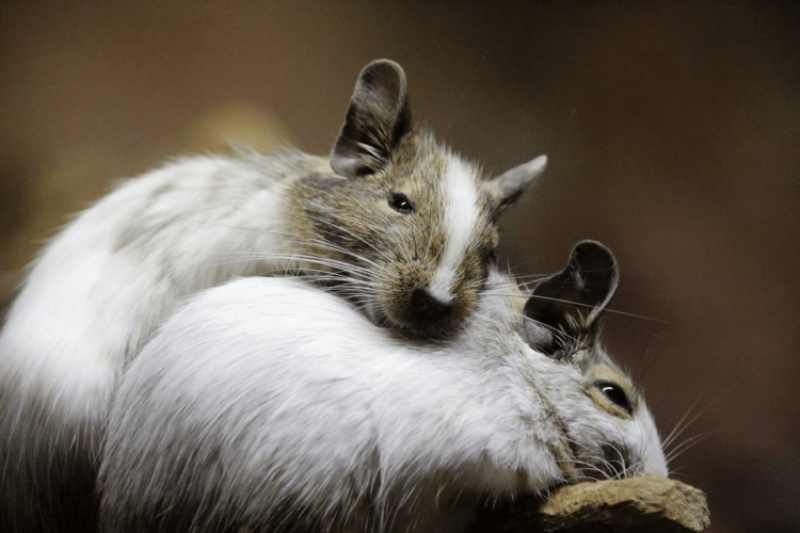Katsuhiko Hayashi, a renowned biologist at the University of Osaka, said his team had used chromosomal engineering to breed seven “healthy” mice pups, hailing a “first case of making robust mammal oocytes (eggs) from male cells”.
Hayashi made the announcement at the Third International Summit on Human Genome Editing at the Francis Crick Institute in London on March 8, prompting a flurry of excitement and speculation about the discovery’s implications for the future of human reproduction.
The study’s results have been submitted for publication in the scientific journal “Nature.” If confirmed, they would mark a “small revolution”, said Dr. Nitzan Gonen, head of the Sex Determination Lab at Israel’s Bar-Ilan University in Tel Aviv.
By Hayashi’s own admission, the technique has a low success rate, with only seven mice born out of the 630 embryos implanted into a female mouse – though all seven baby mice developed into healthy and fertile offspring.
“Producing gametes (male or female reproductive cells) is a very long and complex process. We don’t know how to replicate it perfectly in vitro,” said Gonen.































